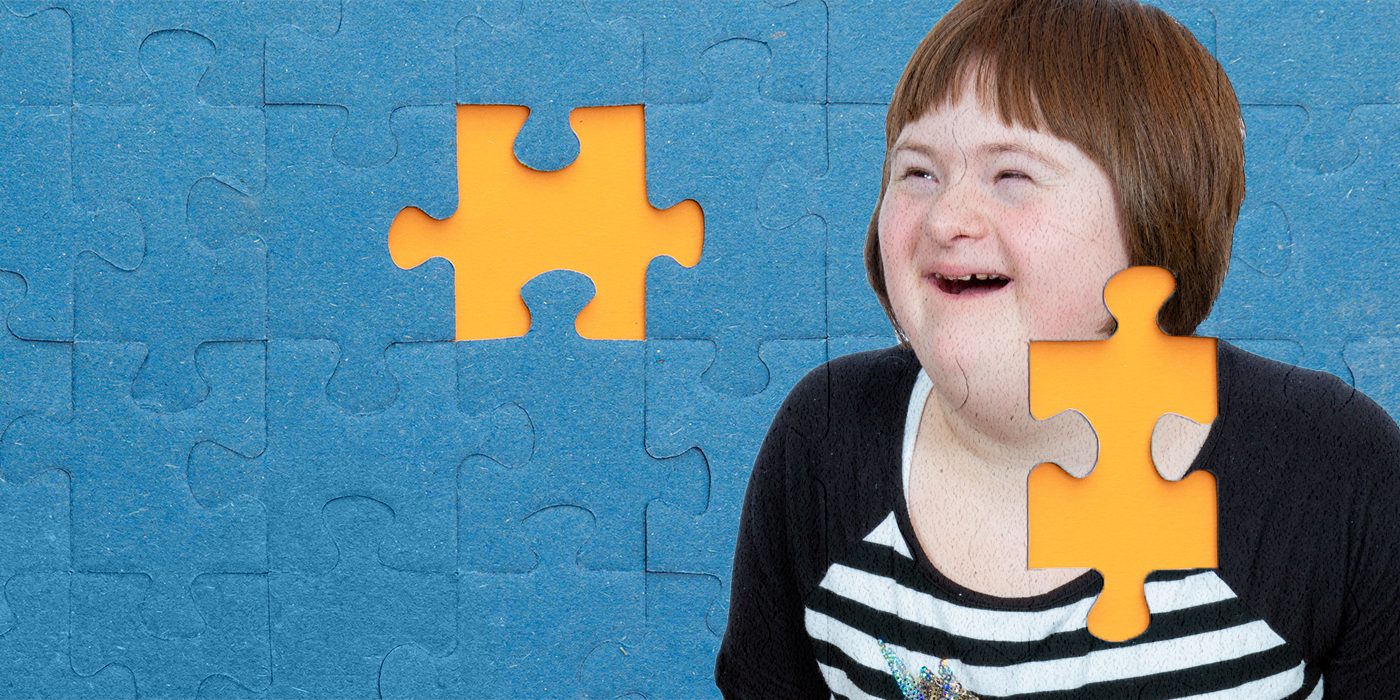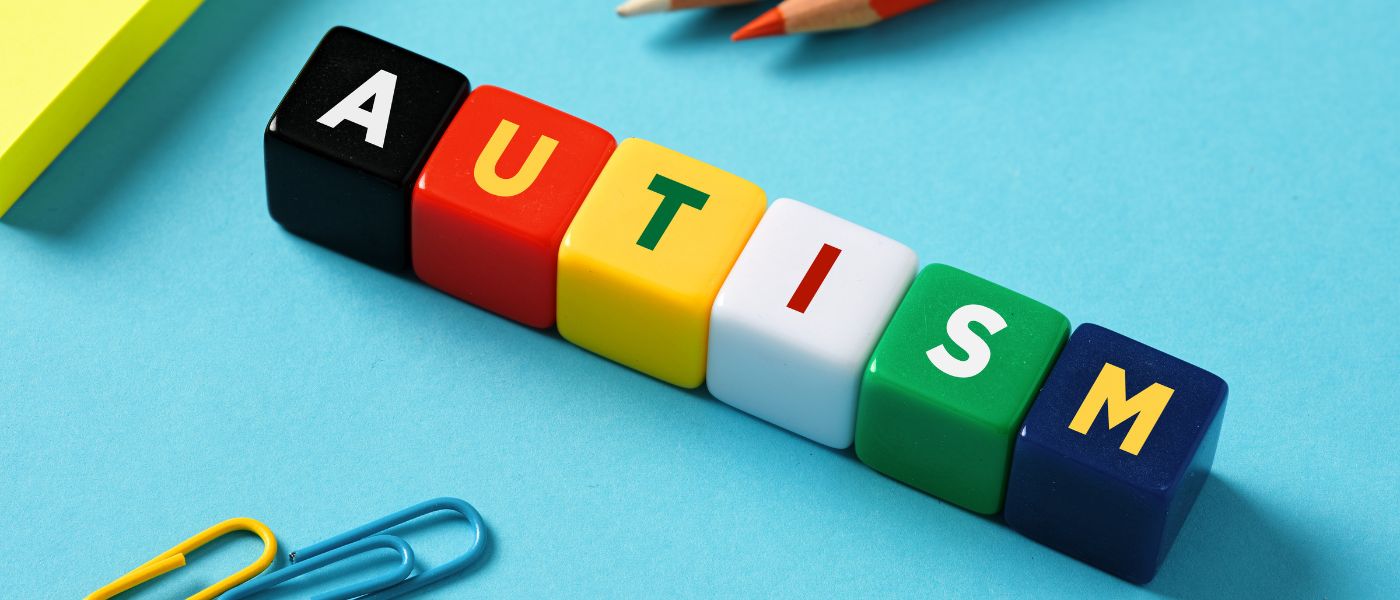The Value of Family Members Assistance in the Trip with Autism
The Value of Family Members Assistance in the Trip with Autism
Blog Article
Exploring Autism: Techniques for Efficient Interaction and Communication
Reliable interaction and interaction with people on the autism range necessitate a comprehensive understanding of their special needs and choices. The intricacies of these approaches expose further factors to consider that merit exploration, specifically in how they can be adapted to private experiences and varied contexts.
Understanding Autism Range Disorder
Autism Spectrum Problem (ASD) incorporates a variety of neurodevelopmental problems characterized by difficulties in social communication, interaction, and repeated actions. The term "spectrum" shows the varied manifestations and varying levels of severity experienced by individuals with ASD. While some might exhibit considerable problems, others might display high-functioning traits, enabling for greater self-reliance in every day life.
The onset of ASD commonly occurs in early childhood years, with signs typically well-known by age 2. Very early indicators may consist of postponed speech development, restricted eye contact, and problems in recognizing social hints. Although the precise etiology of ASD remains uncertain, research study recommends a mix of hereditary and ecological variables plays an essential function in its advancement.
As an outcome, interventions and support tailored to specific needs are essential for cultivating communication and social abilities. Acknowledging the complexity of ASD is essential for promoting awareness, approval, and effective methods that help with meaningful communications with individuals on the range.

Relevance of Clear Interaction
Effective interaction is important for fostering understanding and link, particularly for individuals with Autism Spectrum Disorder (ASD) Clear communication not only facilitates social communications but also improves the person's capacity to reveal their requirements, emotions, and ideas. For people with ASD, the nuances of language can often be testing; consequently, utilizing distinct and simple language is important.
Moreover, clear communication helps in reducing irritation and stress and anxiety that might occur from misconceptions. When messages are communicated in a straight and regular way, people with ASD are better outfitted to interpret info accurately, which can dramatically boost their social involvement and involvement in numerous settings.
Developing routines and utilizing aesthetic supports can even more strengthen clear communication. These methods supply people with predictable structures that help comprehension and retention of information. Furthermore, proactively listening and being person during interactions advertises a supportive setting where individuals with ASD feel valued and comprehended.
Inevitably, prioritizing clear communication not only equips people with ASD but also promotes even more purposeful links with their peers, caretakers, and the wider neighborhood, leading the way for collective connections and comprehensive communications. - autism
Non-Verbal Interaction Techniques
Communication extends beyond words, and for individuals with Autism Spectrum Disorder (ASD), non-verbal cues play a considerable function in communications. Non-verbal communication methods can consist of face expressions, gestures, body language, and eye get in touch with, all of which serve as important components for conveying objectives and emotions.
Understanding and interpreting these click site non-verbal signals can boost interactions with people with ASD. A cozy smile or open pose can produce a welcoming atmosphere, urging involvement. Likewise, utilizing visual help-- such as photo cards or symbols-- can link interaction spaces and help convey messages extra successfully.
It is also vital to be mindful of personal area, as individuals with ASD may have different convenience levels concerning closeness. Observing their reactions to physical closeness can notify suitable modifications.

Developing Helpful Atmospheres
Creating an encouraging atmosphere is important for fostering favorable interactions and improving the wellness of individuals with Autism Range Condition (ASD) Such environments can dramatically decrease anxiety and produce a sense of security, allowing people to share themselves much more openly.
To accomplish this, it is important to take into consideration sensory level of sensitivities that people with ASD may experience. Customizing the physical space to include soft lights, very little history noise, and comfy seating can develop a calming ambience. Additionally, utilizing consistent regimens and clear aesthetic schedules can assist people prepare for shifts and lower uncertainty, more promoting comfort.
Social rooms should be structured to lessen frustrating stimuli while supplying possibilities for engagement in preferred tasks. Facilitating areas marked for silent time can also function as a haven throughout moments of stress and anxiety. Significantly, integrating components of choice empowers individuals, enabling them to work out firm in their atmosphere.

Motivating Social Interactions
Promoting social communications among people with Autism Spectrum Disorder (ASD) calls for intentional methods that prioritize comfort and involvement. Establishing predictable regimens can assist minimize anxiety, making social settings a lot more approachable. Producing organized settings with defined functions and duties permits individuals to engage without the overwhelming stress of disorganized social dynamics.
Integrating interests and toughness right into social activities can serve as a driver for communication. Arranging group get more activities around shared pastimes or topics of attraction can promote all-natural discussions and links. In addition, utilizing visual supports, such as photographic routines or social manuscripts, can help in understanding social hints and expectations.
Modeling proper social habits is crucial - autism. Adults and peers ought to show effective communication techniques, consisting of energetic listening and turn-taking. Role-playing circumstances can additionally give a secure room for people to exercise these abilities
Finally, promoting peer connections through inclusive techniques is essential. Motivating comprehensive playdates or group outings can create possibilities for socializing in a comfortable setting. By implementing these strategies, caretakers and educators can significantly boost social communications for individuals with ASD, advertising their general social development and well-being.
Conclusion
Finally, efficient interaction and interaction approaches are necessary for sustaining individuals with Autism Spectrum Disorder. Emphasizing clear language, incorporating non-verbal signs, and establishing foreseeable routines substantially enhance interaction and reduce stress and anxiety. Developing supportive environments promotes secure social interactions, while motivating shared passions assists in purposeful connections. Eventually, these methods equip people with autism to navigate social landscapes, promoting their total well-being and allowing the advancement of long-term relationships.
Effective communication and interaction with individuals on the autism spectrum require a detailed understanding of their one-of-a-kind demands and choices. Clear interaction not just promotes social communications yet additionally enhances the individual's capacity to share their thoughts, requirements, and feelings.Promoting social communications amongst individuals with Autism Range Disorder (ASD) needs deliberate techniques that prioritize convenience and interaction. By carrying out these caregivers, approaches and teachers can significantly boost social communications for individuals with ASD, promoting their total social advancement and well-being.
In final thought, effective interaction and interaction visit homepage strategies are crucial for supporting people with Autism Range Disorder.
Report this page